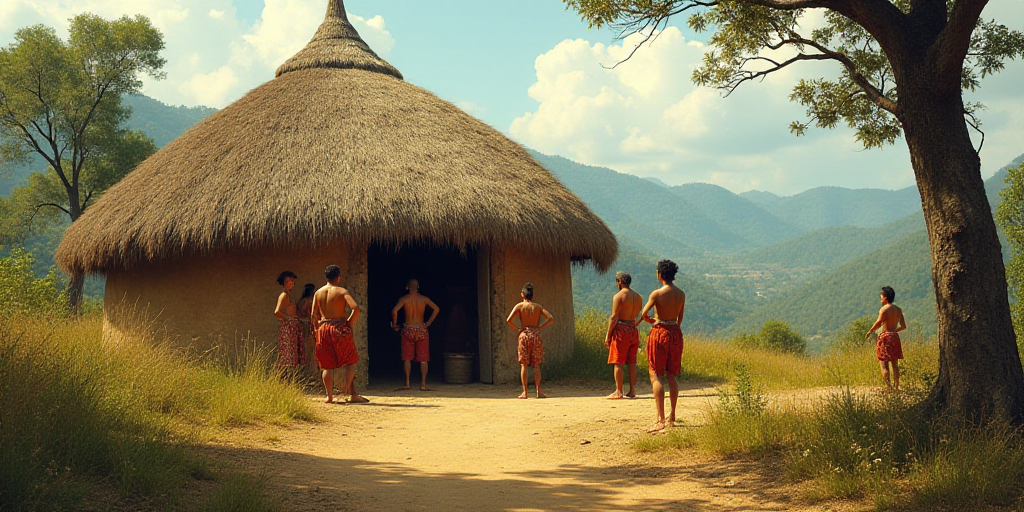Historical Achievement for Wixaritari Communities
The “Wixaritari Sacred Route to Wirikuta: Tatehuari Huajuyé” was inscribed on July 12, 2025, during the 47th session of UNESCO’s World Heritage Committee in Paris, France. This achievement, led by the Mexican state and the Wixaritari communities, took almost three decades to materialize. According to Francisco Vidargas Acosta, Director of World Heritage at the National Institute of Anthropology and History (INAH), this is a historic victory for the Wixaritari communities.
First Living Site on UNESCO’s List
This recognition is significant as it marks the first time a living site has been inscribed on UNESCO’s World Heritage List, representing indigenous communities. The Wixaritari sacred route meets the criteria for universal exceptional value and criteria III and VI, as per UNESCO’s World Heritage Convention guidelines. It showcases a unique cultural tradition or a living civilization and is associated with a living system of beliefs.
The Recognized Territory
Spanning 500 kilometers and encompassing 20 sacred sites across more than 135,000 hectares in the western and central-northern regions of Mexico (Nayarit, Jalisco, Durango, Zacatecas, and San Luis Potosí), the Wixaritari sacred route passes through diverse geographical features, climatic phenomena, plants, and animals symbolizing the presence of ancestors. These sites are integral to the Wixaritari’s cultural and spiritual traditions, serving as a reference for their cosmovision, social values, and cultural practices.
The route also forms a unique natural corridor, highlighting the interrelation between cultural practices and the natural environment in Wixaritari spirituality.
Defending Sacred Sites
Candelario Robles, representative of the Wixaritari Regional Council, attended the session and shared with El Economista that the initiative to nominate the route before UNESCO aimed to protect sacred sites from issues caused by mining companies and uncontrolled tourism. The nomination process, spanning many years, sought to secure tools for defending these sites and ensuring the Wixaritari culture’s survival.
Support from ICOMOS International
The Wixaritari sacred route’s candidacy received support from the International Council on Monuments and Sites (ICOMOS International), UNESCO’s advisory body. The application includes a comprehensive Integrated Management, Conservation, and Safeguarding Plan with a biocultural focus. This plan was developed in collaboration with Wixaritari communities, federal, state, and local authorities, and Conservación Humana A.C., reflecting an inclusive and participatory approach with a functioning protection and monitoring system managed by the Wixaritari Regional Council.
New World Heritage Sites
To be included in the World Heritage List, a site must possess Outstanding Universal Value (OUV) and meet at least one of ten criteria set by the UNESCO International Convention. During the 47th session in Paris, other 31 sites from various latitudes were nominated and inscribed on the World Heritage List, including castles of King Ludwig II of Bavaria (Germany), the paleolandscape of Faya (UAE), petroglyphs of Bangudae (South Korea), rock art of Shulgan-Tash cave (Russia), imperial necropolis of Xixia (China), military landscapes of Maharashtra (India), submerged archaeological landscape of Port Royal (Jamaica), and prehistoric arts and architecture in Sardinia (Italy).
With 36 sites now inscribed on UNESCO’s World Heritage List, Mexico leads the Americas with the most sites and ranks sixth globally.
Key Questions and Answers
- What is the Wixaritari Sacred Route to Wirikuta? It’s a 500-kilometer route encompassing 20 sacred sites in western and central-northern Mexico, integral to the Wixaritari’s cultural and spiritual traditions.
- Why is this recognition significant? It’s the first living site on UNESCO’s World Heritage List, representing indigenous communities and meeting OUV criteria with a biocultural focus.
- Who supported the Wixaritari sacred route’s nomination? The International Council on Monuments and Sites (ICOMOS International) supported the nomination, which includes a comprehensive Integrated Management, Conservation, and Safeguarding Plan.
- How many sites does Mexico have on UNESCO’s World Heritage List? Mexico now has 36 sites inscribed on the list, leading the Americas and ranking sixth globally.






